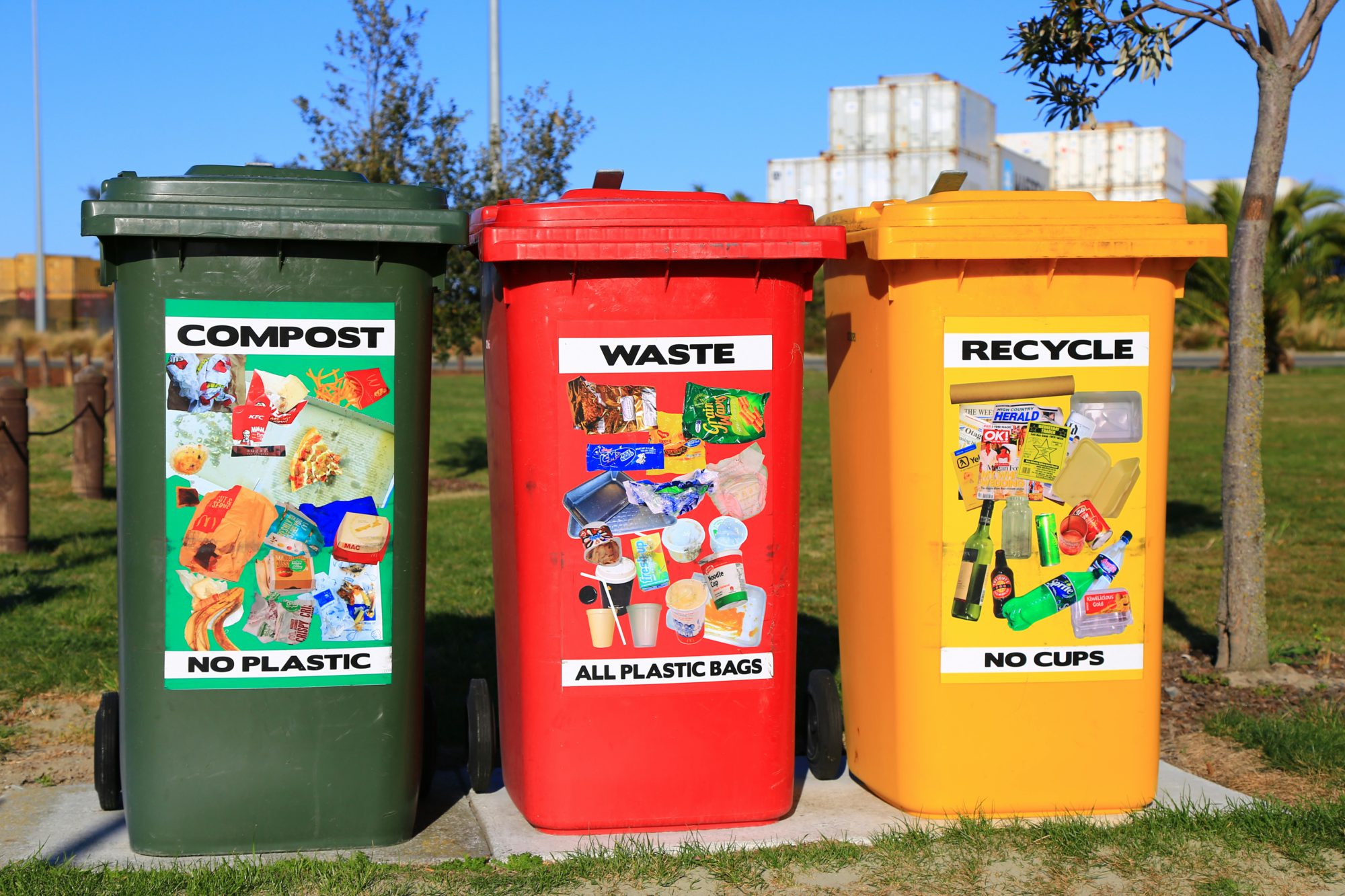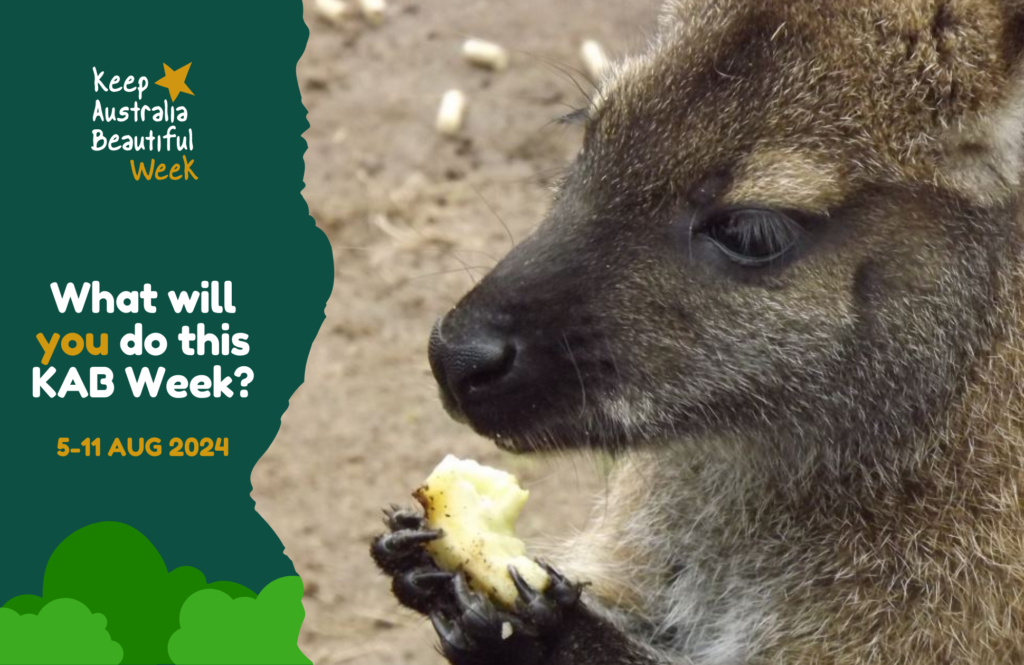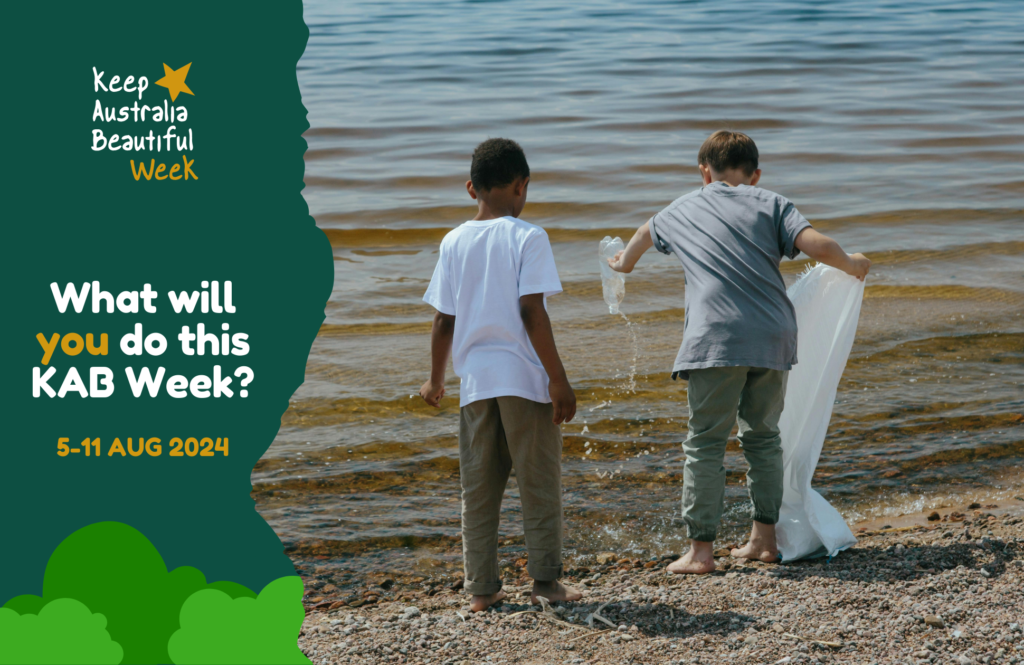
Do the right thing – How to make sure your rubbish always ends up in right place while out and about
(Blog#4 KAB Week 2024: Choose the right bin to put it in)
When you’re out and about, enjoying the sunshine (or the rain if that’s your thing!), what to do with your rubbish is probably the last thing on your mind (Just guessing). Your focus, understandably, might be directed at enjoying the company of friends or soaking up the surroundings. However, what you decide to do with your rubbish once you’ve finished your snack is worth an extra moment of thought. In this tiny, seemingly insignificant moment in the scheme of the universe you have the chance to make a lasting impact. Good or bad? Litter or recycle? – well that’s up to you. “But” I hear you say, “there was no bin around” …. “The bin was overflowing”. I hear you. In this modern world we live in, when out in public places we are sometimes faced with no bins, and other times 3 different options for bins. Let’s talk about how to navigate these hurdles and avoid the urge in our weaker moments to feel that it might be ok to, just this once, put the recycling in the rubbish bin, or place rubbish on top of a bin when it’s full, or dare I say it, to fling, toss, hurl, or hide rubbish.
What if there’s no bin nearby?
Don’t be a flagrant flinger, not having a bin nearby isn’t a free pass to use the ground as a bin. Look around for a bin and if there isn’t one in sight, keep the rubbish in your pocket or a bag until you find one. The same goes for when you’re on public transport, no one likes a Wedger that jams rubbish into furniture and nooks, whether it be intentionally or absentmindedly. If the rubbish is a little bit messy or sticky, like for example an apple core, a handy tip is to put it in a tissue in your pocket until you can find a bin.
What if there’s multiple bins?
More and more public places are introducing recycling bins and compost bins next to the standard general waste bins. This means that instead of all going to landfill, lots of our waste has a chance for a second life. Plastic containers, aluminium cans and glass bottles can be recycled and made into brand new products and green waste can be reused as fertiliser on public gardens which reduces C02 emissions. Putting your waste in the right bin helps make this second life happen. Take the time to split apart your rubbish and place the right parts in the right bin, for example the lid of a fast-food drink cup might be able to be recycled, but the cup usually cannot. If you’re unsure, the packet should tell you which bin the waste belongs in. Some places even have multiple recycle bins instead of co-mingled recycling, so it’s important to read what the bin accepts without assuming.
What if the bin is full?
You’ve done the right thing, you held onto your rubbish until there was a bin in sight. As you approach it you realise it’s brimming with rubbish, but you think “I could probably fit my rubbish in it”. Pause. While our intentions in this situation might be innocent, overflowing bins create litter which can too easily blow away and end up in storm water drains that lead to the ocean. Placing rubbish on top of an overflowing bin (i.e. being a brimmer) or in the vicinity of a bin doesn’t help either, as you just don’t know what will happen to your rubbish unless it’s safe inside the bin. If you see an overflowing bin report it to the local council. This one phone call could stop dozens or even hundreds of pieces of rubbish from ending up in the natural environment.
What if there’s a rubbish bin, but not recycling?
Sometimes we have no problem finding a general waste bin, but there is no recycling bin beside it. This unfortunately seems to be the case at a lot of fast-food outlets, but also just out on the streets in general. While it’s tempting to put all the waste in the rubbish bin to get it out of our hands and off our minds, this ends the life of items that could be recycled, (fun fact: did you know aluminium be recycled infinitely, so putting a can in landfill could be stopping thousands of cans being made again from the same material). Instead, hold onto your recyclables; keep them in your bag or your car and take them home with you to put in your recycling bin. This not only reduces landfill but conserves natural resources like timber and aluminium as well as reducing greenhouse gas emissions (because manufacturing goods from recycled materials typically requires less energy than producing new goods!). The same goes for when the recycle bin is overflowing, instead of stuffing your rubbish in, or putting it in the general waste bin, take it home with you!
What if the recycling bin is contaminated anyway?
If you notice that the public recycling bin you’re about use is contaminated with rubbish that can’t be recycled, there’s a chance the whole load will be rejected. In this instance, it’s again better to take home your recyclables to ensure they get recycled.
So there we have it – there’s always a way to make sure your recyclables get recycled and that your waste doesn’t end up as litter! Keep a bag in your car for waste just in case there’s no bin around so you can take it home with you if needed and always make sure you put the right waste in the right bin! Enjoy all Australia has to offer, amazing food, entertainment and our beautiful natural environment but make sure your rubbish ends up in a bin (the right bin!) and leave nothing behind but your footprints.
Photo by: Nareeta Martin on Unsplash
WRITTEN BY: Rosie Starr (KAB Content Creator – Volunteer)










